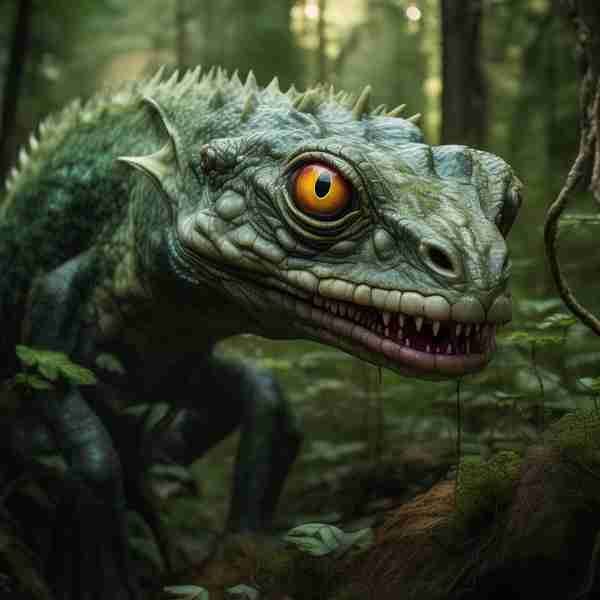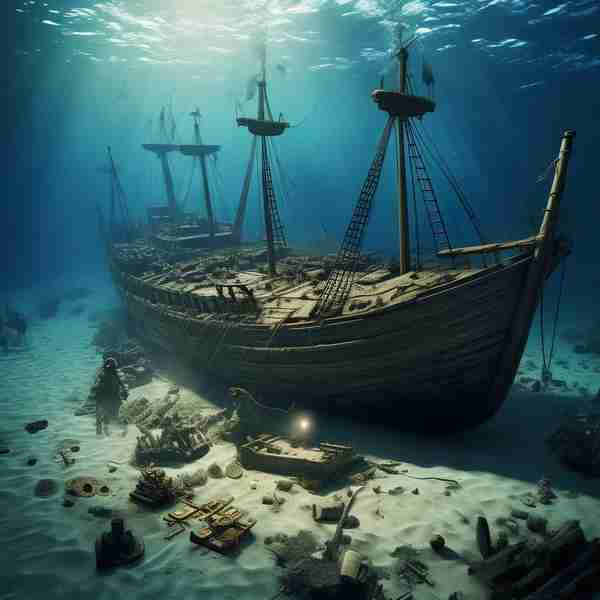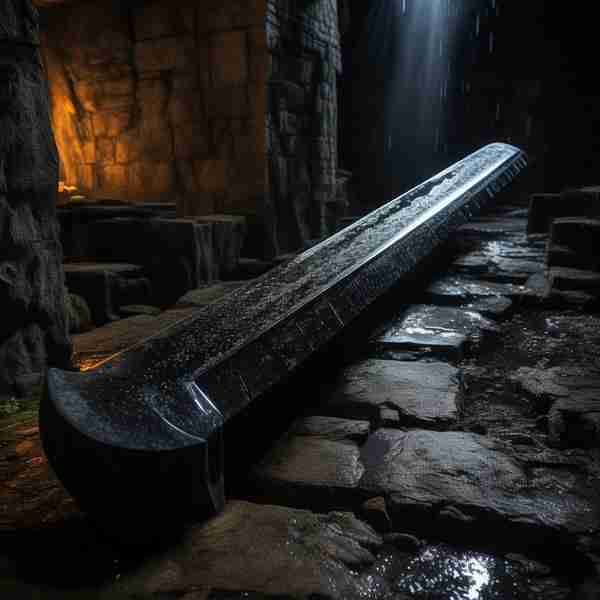Three-Eyed Predator Discovery Challenges Evolutionary Theories
21-May-2025 Science
The discovery of Mosura fentoni, the three-eyed sea moth, offers a new perspective on ancient life and evolutionary science. Stay tuned for more revelations as this ancient enigma unfolds.

A New Wonder of the Ancient World: The Three-Eyed Predator
In an unprecedented event, paleontologists have found the fossils of a 506-million-year-old predator which is now referred to as the "sea moth." The creature, which is now known as Mosura fentoni, has left scientists in awe with its peculiar structure that has three eyes, which raises challenges to present-day evolutionary theories.
The Structure of the Sea Moth
The anatomy of the sea moth Mosura fentoni differs from any animal that exists today. It was a creature of three eyes, which is a characteristic that has provoked discussions about its evolution through the ages. In addition to that, it showcased a body comprising claws and an abdomen filled with gills, which altogether hinted that this animal was a powerful predator back then. The unearthing was in one of the regions abundant with fossils and it dumped a lot of knowledge about Earth organisms more than a million years ago in the world oceans.
Consequences for Evolutionary Science
The unveiling of this three-eyed predator is a cause for temporal growth as far as the routes that driven other species to the present day are concerned. The anomalies it brings illuminate a convoluted road with vivid colors of which scientists are intent upon clearing the air. Mosura fentoni is quite the challenge to the existing beliefs of evolution implying that ancient organisms possessed a wider range of development than was suspected.
Related Reports









